Ascimib 40 mg (Asciminib)
Description
Ascimib 40 mg is a significant new development in habitual myeloid leukemia( CML) remedy. Approved under alternate brand names and formulated as a targeted remedy, Asciminib also comes with a new mechanism of action from earlier tyrosine kinase inhibitors ( TKIs), making it an emotional choice for CML patients who are intolerant of or resistant to other treatments.
In this composition, we’ll explore what Ascimib 40 mg is, how it works, its suggestions, lozenge, implicit side effects, and why it’s seen as a game- changer in the field of oncology.
What is Ascimib 40 mg (Asciminib)?
Ascimib 40 mg is the cure strength of Asciminib, a chemotherapy medicine and tyrosine kinase asset that’s substantially certified for the treatment of Philadelphia chromosome-positive habitual myeloid leukemia in habitual phase( Ph CML- CP). Novartis sells asciminib in tablet form in 20 mg and 40 mg dosages under the brand name Scemblix.
What sets Asciminib piecemeal from other generations of TKIs is its new mechanism of action. It’s the first asset of the STAMP, an acronym for Specifically Targeting the ABL Myristoyl Pocket. The targeted nature reduces off-target effects and increases effectiveness, particularly in those who have developed resistance to other TKIs.
Mechanism of Action
Asciminib blocks BCR- ABL1 by enwrapping its myristoyl fund, a CML- converting emulsion protein, as opposed to other traditional TKIs that enthrall the ATP- binding point of BCR- ABL1. Through its STAMP medium, Asciminib is suitable to block the protein through allosteric modulation.
This new inhibition medium renders Asciminib effective indeed when cases have formerly shown resistance to other TKIs, similar as imatinib, dasatinib, or nilotinib. It also renders the medicine an ideal seeker for combination remedy, which has the eventuality to further compound remedial effects.
Indications
Ascimib 40 mg is indicated in adult cases for the treatment of
Ph CML in habitual phase( CP) with two or further previous TKIs.
Ph CML- CP with the T315I mutation, which is resistant to most of the available TKIs at present.
The FDA approved Asciminib in 2021 grounded on its promising performance in the clinical trials, particularly in those cases who have many treatment options due to resistance or dogmatism to previous remedy.
Dosage and Administration
The lozenge of Asciminib varies according to the case’s mutation status
40 mg twice daily for those who have experienced two or further TKIs.
For those with the T315I mutation, 200 mg twice a day.
The Ascimib 40 mg tablets are taken orally, preferably in a fasting state, at least 2 hours ahead or 1 hour after a meal. Chronicity and chronicity of time and adherence to the dosing authority is vital for stylish remedial response.
Efficacy and Clinical Trials
In the ASCEMBL trial, a phase III trial, Asciminib was superior to bosutinib in treated CML cases. At week 24, patients treated with asciminib showed a significantly higher main molecular response rate (MMR).
Trial cases also endured smaller treatment-related expirations, i.e., better side effect profile. For patients who did not respond to standard TKIs, asciminib was found to be an effective alternative.
Side Effects and Precautions
Ascimib 40 mg is well permitted as with any drug, but Ascimib can have side effects. Side goods are
Fatigue
Nausea
Headache
Rash
Diarrhea
Increased liver enzymes
More severe but less common side effects are
Myelosuppression( bone gist repression)
Pancreatitis
Hypertension
Cardiovascular events
Routine blood counts, liver function tests, and cardiovascular evaluation should be conducted on cases while they’re on remedy.
Drug Interactions
Asciminib is metabolized by CYP3A4 and may interact with specifics that affect this enzyme. Caution should be used with strong CYP3A4 impediments or corrupters because these will have an effect on the tube attention of Asciminib.
Advantages Over Traditional TKIs
The blessing and application of Asciminib have come with multitudinous advantages
New medium of action( STAMP) offers effectiveness in the event that ATP- point TKIs fail.
Increased tolerability in the maturity of cases.
Active on the T315I mutation, resistant to all TKIs but ponatinib.
Implicit unborn use as a combination with other cancer curatives.
One of the mainstays of CML treatment is asciminib. With fresh ongoing trials for its use as posterior lines of remedy as well as in combination rules, its part will be much larger. Its STAMP medium of action might further pave the way to the development of other allosteric impediments in other malignancies.
Conclusion
Ascimib 40 mg (Asciminib) offers a stopgap to CML cases who have exhausted other lines of treatment. Its unique STAMP medium and its encouraging efficacity profile make it a welcome choice for hematologists and oncologists worldwide. In unborn exploration, Asciminib could come the norm in CML treatment protocols yet to crop.
Asciminib cases on tradition or considering Asciminib should consult their croaker for particular guidance, surveillance schedules, and its blessing is based on their medical history.
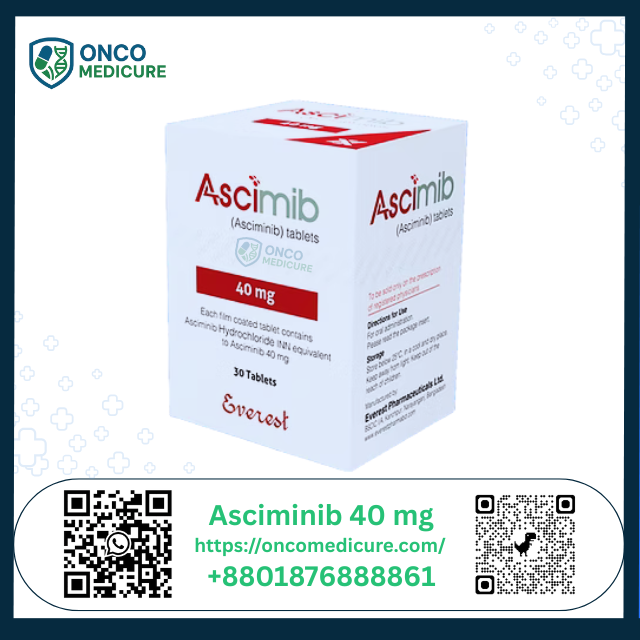
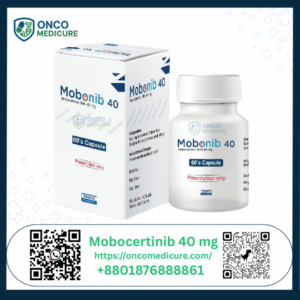
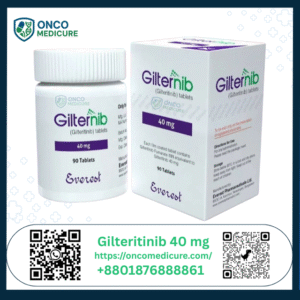
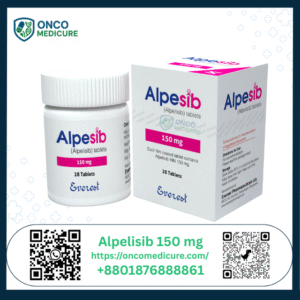
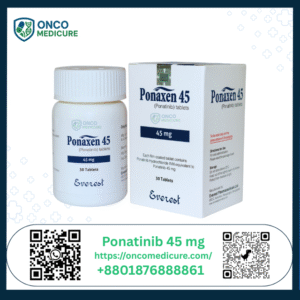
Reviews
There are no reviews yet.